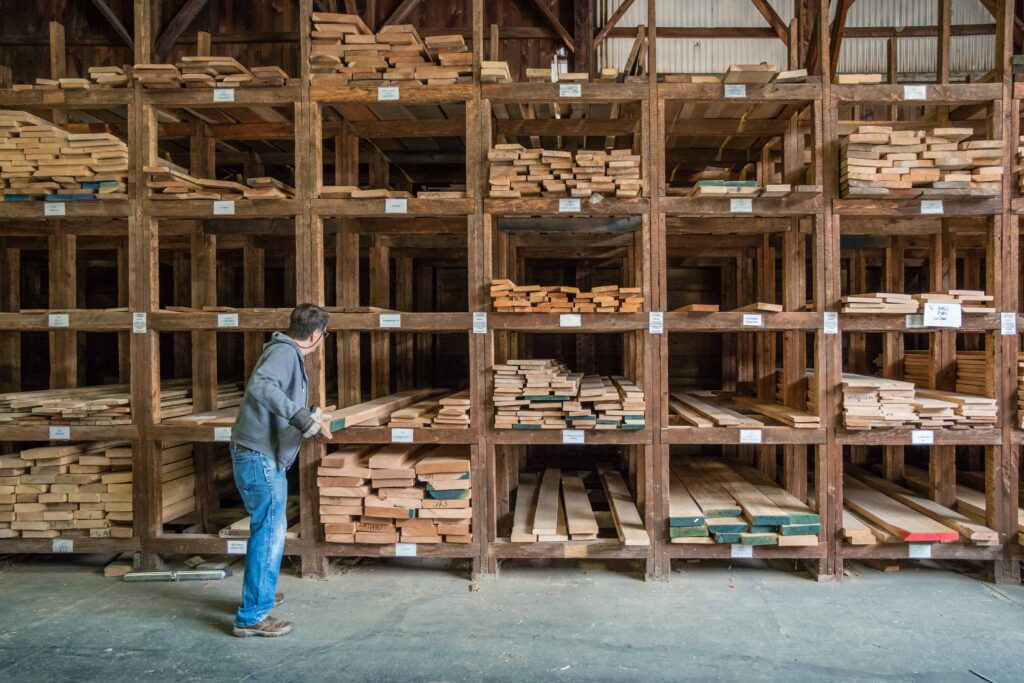
As you probably know, our industry has endured a timber shortage for around two years.
We’ve faced project delays, budget blowouts and high levels of stress as a result of the global timber supply problem and associated price hikes.
It’s been tough.
However, there’s some good news.
It seems that price hikes for structural timber have slowed down on a quarterly basis since the start of this year (based on data covering the first three quarters of 2022).
Although timber prices continued to rise in the September quarter, the rate of price growth has stalled.
For example, prices for timber products rose by 2.75 per cent in the September 2022 quarter, which is significantly lower than the 28 per cent hike for 2021-22.
It will be interesting to see what the data shows for the final quarter at the end of this year!
Contents
Over the last two years, builders have struggled to source timber, which delayed construction projects by months. The sourcing of suitable wood came with a high price tag. Timber costs surged by as much as 50 to 100 per cent in 2021 alone.
In September 2021, Queensland timber supplier Drew Parker told The Urban Developer that his company struggled to find timber every day.
“We’re basically constantly running at a deficit in terms of forward planning of materials, looking at higher cost substitutes and buying anything and everything from anyone.”
“I’ve never seen anything like it—never seen 15, 25 and 30 per cent price increases, let alone every quarter,” Mr Parker said.
There’s some expectation the construction industry will face timber shortages until at least 2023.
Having said this, it seems as though the shortage is showing small signs of easing.
But right now, it’s difficult to accurately gauge the level of demand and supply for materials like timber.
For example, there was an acute shortage of framing timber materials for around eighteen months, but supplies appear to be more available (although there’s still a supply problem).
This apparent availability could be driven by a number of factors – such as falling overseas timber prices and a drop in the number of new home sales (lower demand for timber).
Whatever the reason, a natural response has been for builders to stockpile when supplies started to pick up again, so they don’t have to go without in the future.
As a result, many builders are now dealing with an oversupply of timber – according to Housing Industry Association chief economist Tim Reardon.
“What has happened is that builders have over-ordered in timber. You ran short of it, your natural response is to overorder. Drive around most residential suburbs right now and you see a concrete slab with a pile of timber sitting on top of it.”
Although this tendency to over order is understandable, it creates a distorted picture of supply and demand. Whatever transpires, supply chains can expect tumultuous conditions for many months.
In recent years, several factors have combined to cause a significant timber shortage: